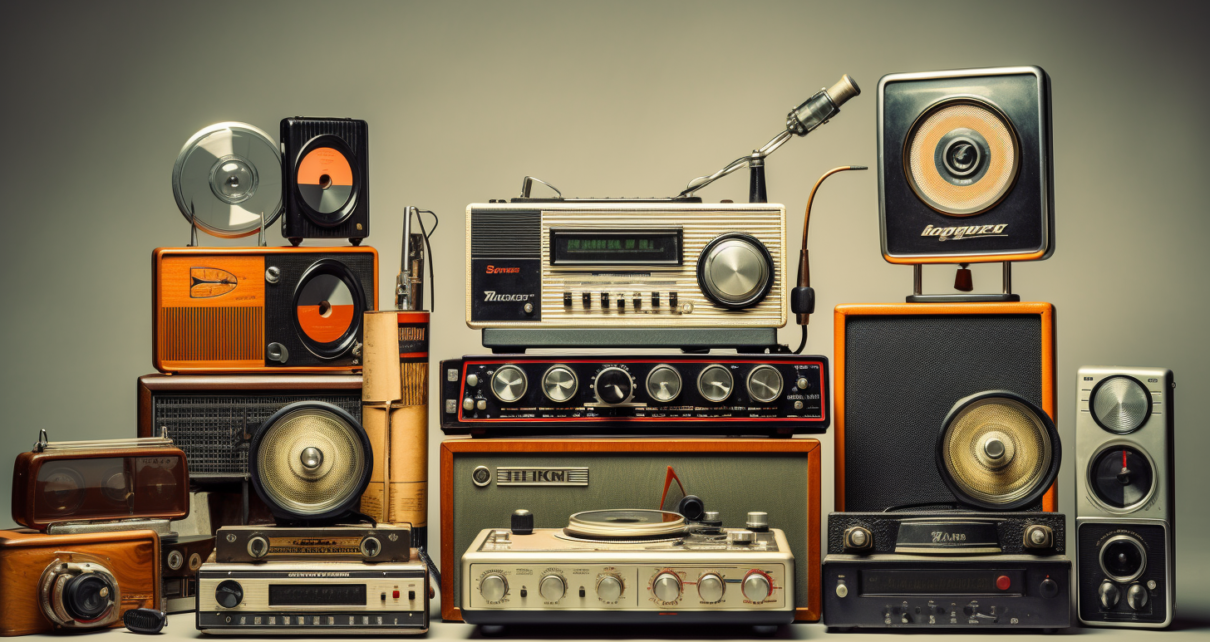Music has been an integral part of human culture for thousands of years. Throughout history, the technology used to listen to music has continuously evolved to become more portable, higher quality, and more accessible.
In the late 19th century, the phonograph was invented by Thomas Edison. This device used cylinders wrapped in tin foil to capture and play back audio recordings. It allowed people to listen to pre-recorded music in their homes for the first time. However, the phonograph cylinders were bulky and could only play a few minutes of audio.
The next major innovation was the gramophone, introduced in the early 20th century. Gramophones played music from flat, disc-shaped records. The sound quality was improved from phonographs, and multiple discs could hold hours of audio. Gramophones remained popular through the 1920s until electronic methods of recording and amplifying sound were developed.
The radio exploded in popularity in the 1920s and 30s. Radios enabled listeners to hear broadcasts of live music performances and songs played from records. This allowed people to conveniently listen to music in real-time without purchasing physical recordings. However, the selection of music was limited to what radio stations chose to air.
In the 1950s and 60s, the portable transistor radio became widespread. Listeners could now take music with them, whether around the house or outside. Transistor radios were less expensive than previous bulky tube radios, making music more accessible. This likewise opened up new opportunities for listening while in motion, such as in the car.
The 8-track tape player emerged as a popular automobile music device in the mid-1960s. 8-tracks enabled drivers to play pre-recorded tapes, though they were still limited in selection. Cassette tapes followed in the 1970s, which were smaller and could be recorded. The Sony Walkman portable cassette player arrived in 1979, allowing people to listen privately to tapes anywhere with headphones.
The compact disc (CD) marked a major sonic improvement in the early 1980s. CDs held much more data than cassettes and had crystal clear digital sound quality. CD players and discs overtook cassettes in the 1990s to become the dominant music format until the early 2000s. They enabled listeners to skip between tracks easily and offered convenient portability.
In the 21st century, digital music has taken over how most people consume music. Products like Apple’s iPod and online stores such as iTunes, which arrived in the early 2000s, enabled people to purchase digital music files and load them onto portable MP3 players. Music streaming services emerged as the most popular method of listening by the 2010s. Platforms like Spotify and Apple Music grant unlimited on-demand music for a monthly subscription fee.
Today, smartphones allow people to stream endless music libraries, download songs, and listen to podcasts and audiobooks. Wireless headphones and earbuds make listening on the go discreet and cordless. Voice assistants even permit hands-free music playback. While technology will continue advancing, music remains a constant companion through the decades thanks to the innovation that brings it from our ears to our lives. As technology evolves, the timeless connection between music and our lives remains a steady and cherished part of the human experience.




